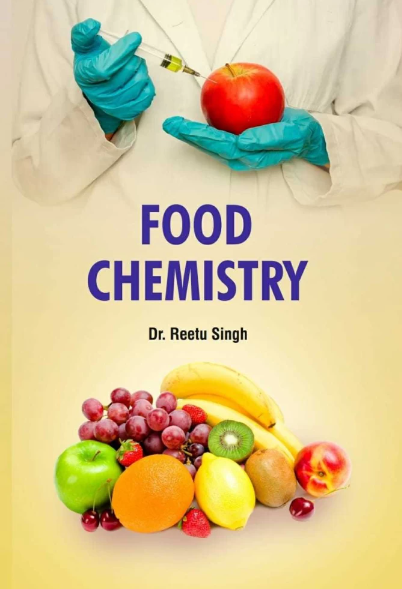Effect of mealworm component and extrusion temperature on fibrous structure formation and physicochemical properties of meat analog extrudates
IF 8.5
1区 农林科学
Q1 CHEMISTRY, APPLIED
引用次数: 0
Abstract
The development of mealworm-containing meat analogs with an improved fibrous structure and texture remains challenging due to the inherent properties of mealworms. This study investigated the effect of mealworm components and extrusion temperatures on fibrous structure formation and physicochemical properties of meat analogs using high-moisture extrusion. The M15%-120 and M30%-120 extrudates remained undercooked and exhibited reduced water-holding capacity (WHC) due to incomplete protein denaturation at lower temperatures and interference from fat and chitin present in mealworms, which may hinder water retention. At a higher extrusion temperature (180 °C), the M15%-180 and M30%-180 extrudates displayed significantly enhanced fibrousness and textural properties, correlated with their higher cutting strength and more compact fibrous microstructure (p < 0.05). These samples exhibited a fibrous structure and dark brown color, maybe resembling cooked meat. This study provides insights into optimizing extrusion temperatures and formulation strategies to improve the fibrousness and overall quality of mealworm-containing meat analog extrudates.


求助全文
约1分钟内获得全文
求助全文
来源期刊

Food Chemistry
工程技术-食品科技
CiteScore
16.30
自引率
10.20%
发文量
3130
审稿时长
122 days
期刊介绍:
Food Chemistry publishes original research papers dealing with the advancement of the chemistry and biochemistry of foods or the analytical methods/ approach used. All papers should focus on the novelty of the research carried out.
 求助内容:
求助内容: 应助结果提醒方式:
应助结果提醒方式:


